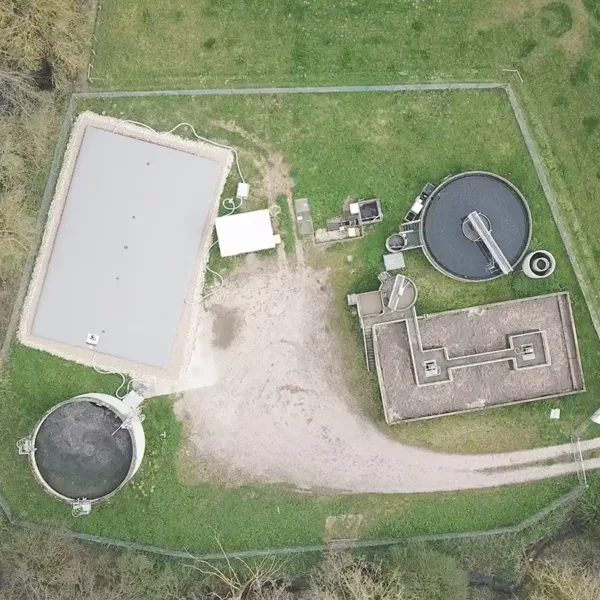3 solutions to optimize your water uses
Coping with water scarcity and depletion: 3 solutions to optimize your water usage.
Coping with water scarcity and depletion: 3 solutions to optimize your water usage.
With the spread of the coronavirus, water has once again emerged as an essential source for our life and survival. And for good reason, we need to wash our hands regularly to limit the contamination of COVID and many other infectious diseases. However, not all human beings are equal when it comes to this problem, as almost 3 billion people do not have access to it. It is high time to rethink our uses.
Water stress, more commonly known as “water scarcity“, means that available water resources are not sufficient to meet the population’s demand for water. The main causes of this shortage are linked to human activity. Between intensive agriculture, population growth, deforestation and pollution, our water resources are progressively diminishing while demand is constantly increasing. As such, water stress concerns a multitude of countries, both politically, health-wise and economically.
And most importantly, there is an inequality of the water allocation on the planet. So how can we deal with water depletion and scarcity?
Here are the 3 solutions to optimise water use.
Even if the Earth is made up of 1.4 billion km³ of water, it only offers its occupants 0.014% of easily accessible and consumable water. The vast majority of water (97%) comes from sea water. However, this is salty and therefore not drinkable.
To enable the population to use this abundant and nearby resource, it is possible to desalinate sea water. This solution has been envisaged since the 1960s in order to satisfy demand, pending a more sustainable change in water consumption patterns.
Like seawater, wastewater exists in abundance. Only a tiny fraction of this water is stored and treated for reuse. However, since 2010, a decree has been in place to promote the reuse of treated wastewater through “REUSE” (Wastewater reuse). The objective is to purify wastewater from urban and industrial environments. This new method of consumption has enabled the volume of wastewater and reused water to increase by 10 to 30% in the space of 10 years in Europe. However, several countries are still lagging behind, such as France, which still has some progress to make, since the country only reuses 0.6% of its wastewater and treated water.
This reuse allows for a multitude of uses, such as watering green spaces, irrigation in agriculture, cooling systems for industries, cleaning public spaces in urban areas, etc.
What could be better than rain, falling from the sky, to meet part of our water needs? Indeed, many countries benefit from this resource in abundance. Treating rainwater is easier and quicker than treating wastewater or sea water, making it the most economical and environmentally friendly solution we have today. However – even if the trend is changing – most of this water resource is not valued.
So, to satisfy our needs without drying up the soil, there is a simple solution: flexible water tanks. These are designed to recover rainwater for personal, industrial, agricultural, safety and humanitarian uses, etc.
The many advantages of rainwater harvesting and storage have already convinced many governments and, for some years now, several countries have required new buildings to be equipped with rainwater harvesting storage, encouraging as much as possible to collect this resource.
As a result, whether you are a private individual, an industrial user, a farmer, an elected official, or whether you work in a humanitarian aid or civil protection organisation, solutions are available to you to regulate water consumption and save drinking water. All you have to do is adopt the right actions now by optimising your water use!
